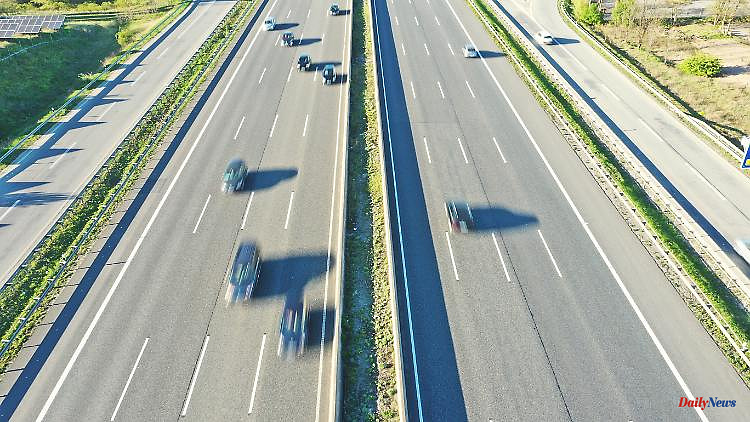Even if it is still just an idea for many, in some places autonomous cars are already on the road - such as robotaxis in the USA. A forum of the UN Economic Commission has now decided that computer-controlled cars will be allowed to drive much faster in the future than before.
Computer-controlled cars will soon be able to travel at higher speeds than before, for example on freeways. This was decided by the World Forum for the Harmonization of Vehicle Regulations of the UN Economic Commission (UNECE) in Geneva. The top speed for autonomous driving in certain traffic situations will be increased from 60 to 130 kilometers per hour. Lane changes are also allowed.
The decision was in the offing in early June when a working group gave the go-ahead. The rule may come into effect in January next year, the UNECE said. According to them, the EU has already announced the implementation. National regulations must be adapted for this. More than 50 countries around the world are part of the agreement, including EU countries. The USA, China and others regulate autonomous driving according to their own standards.
So far, automated driving in Germany has been limited to certain traffic situations on the Autobahn, such as traffic jams. In critical situations such as tunnels or when there is a risk of black ice, which cars automatically detect using cameras and sensors, drivers must be alerted and autonomous driving suspended. Mercedes is the first German manufacturer to offer a vehicle with a corresponding on-board computer. In the US, states such as California and Arizona also allow autonomous vehicles to operate on public roads, such as commercial robotaxi services.
In order for Germany to play a pioneering role in robotic cars, the Bundesrat recently approved the government's operating and licensing rules.
In Germany, Mercedes-Benz is the first manufacturer to start with a car that can drive autonomously at times up to a speed of 60 kilometers per hour - and is also responsible for this time instead of the driver. According to the usual classification, this is Level 3 for autonomous driving, while driving assistants, where the human driver is still responsible, still fall under Level 2.
The adjustment of the UN rules means that a Level 3 system for speeds of more than 60 kilometers per hour can be offered internationally, as a Mercedes spokesman explained in early June. However, the national road traffic laws must also allow the operation of a corresponding system, which in Germany is ultimately certified by the Federal Motor Vehicle Office (KBA).












